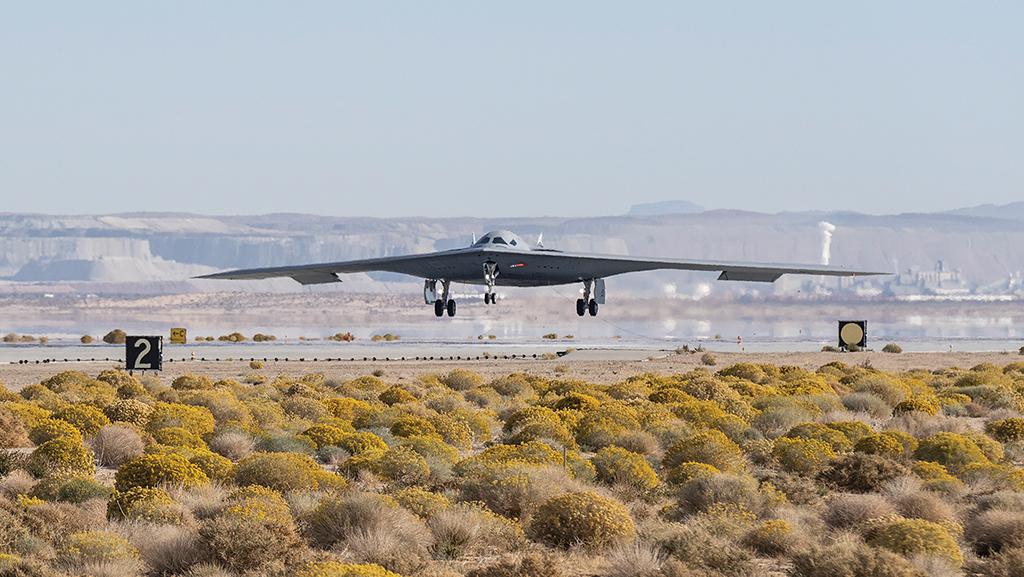
Northrop has delivered one B-21 for flight testing and two for ground testing. Three more flight-test aircraft remain in final assembly.
Credit: Juan Femath/U.S. Air Force
As early cost estimates turn into real prices, a rare phenomenon for a defense acquisition program is becoming clear: The Northrop Grumman B-21 Raider is becoming less expensive. In 2023, the U.S. Air Force expected to spend $19.1 billion over the first five annual lots of B-21 procurement. Two...
Supporters Say Price Is Right For U.S. Air Force B-21 Order Boost is available to both Aviation Week & Space Technology and AWIN subscribers.
Subscribe now to read this content, plus receive critical analysis into emerging trends, technological advancements, operational best practices and continuous updates to policy, requirements and budgets.
Already a subscriber to AW&ST or AWIN? Log in with your existing email and password.





